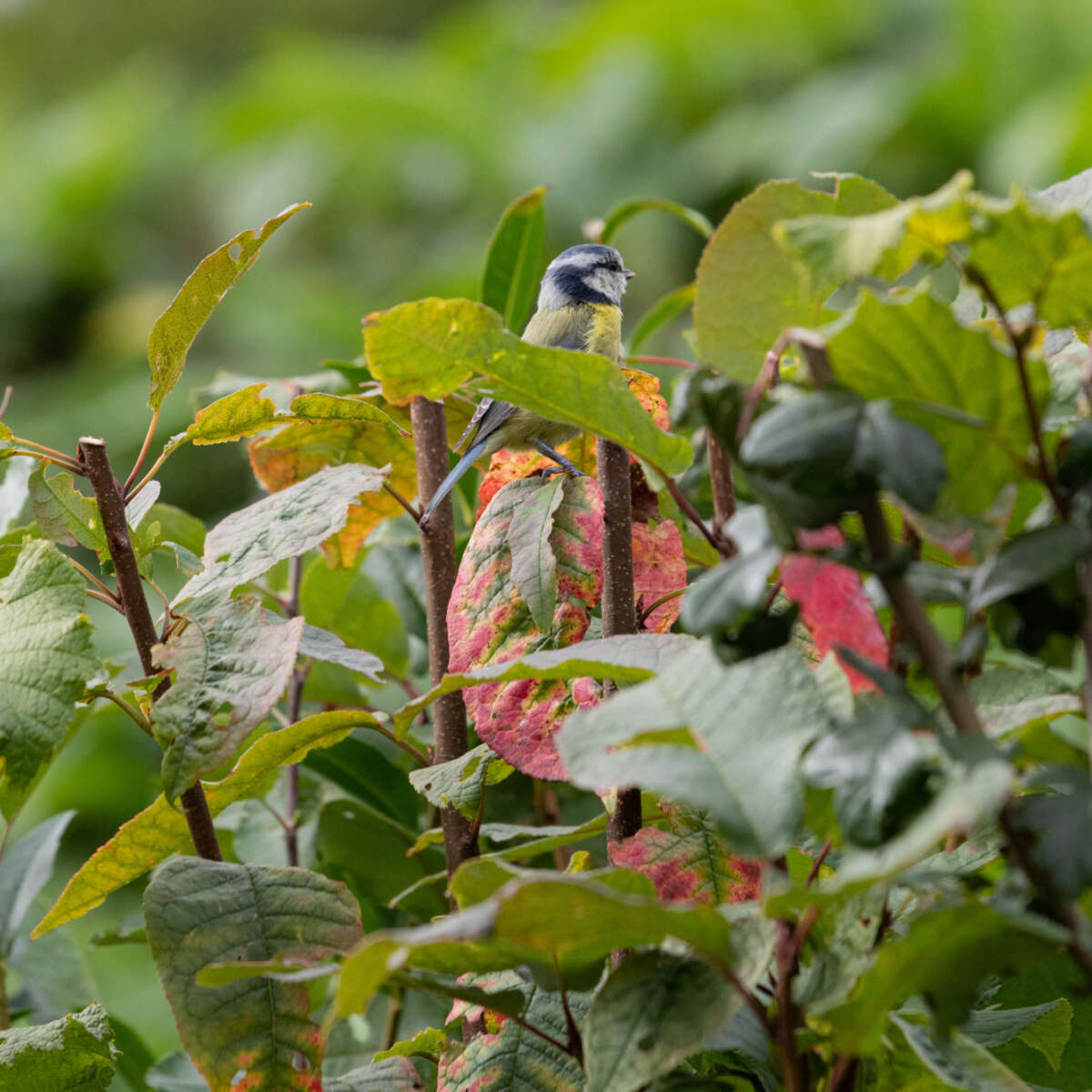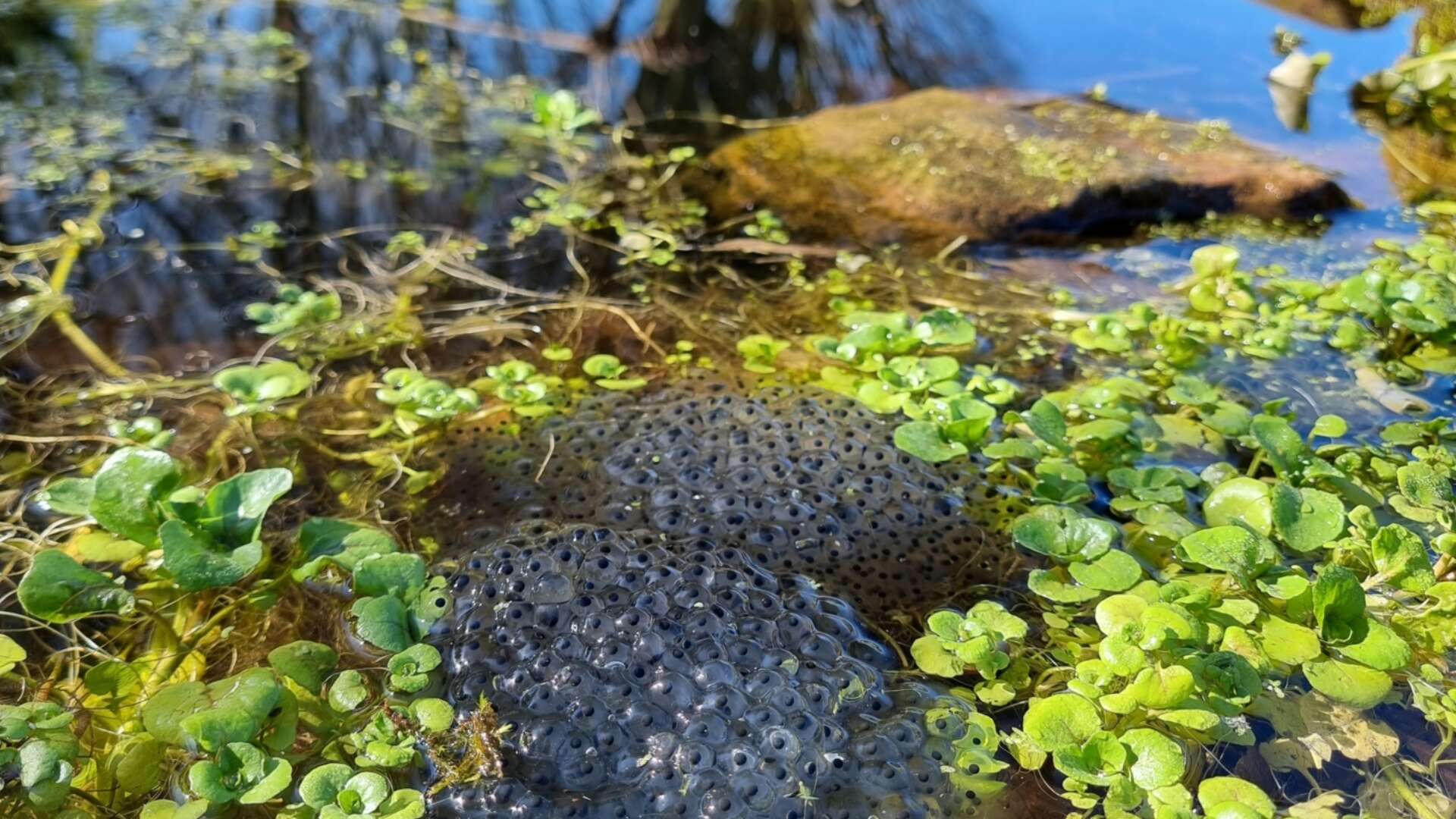
Encourage biodiversity
Simply put, ‘biodiversity’ means many different life forms. For the gardener, this can be done in three simple ways:
- Growing different types of plants, so that a variety of flowers, vegetables, trees and shrubs are all present.
- Providing habitats and food for wildlife such as birds, insects and mammals. They are not only a delight to look at, but each species has its role in maintaining a natural balance.
- And feeding the soil life. Healthy soil is full of bacteria, fungi, microbes and creatures which create the right environment for plants to thrive, releasing nutrients and creating good soil structure.
With this variety of different species, all working together, the organic grower encourages a healthy interdependency between plants and wildlife.
This, in turn, creates a resilient growing area.
The benefits of encouraging biodiversity
Helps manage pests and diseases
Varying your planting, whether vegetables, fruit or flowers, helps prevent the build-up of soil diseases. You will also create a variety of food sources and shelter for birds and insects. Encouraging this wildlife into your garden will help control many pests. Birds and insects eat aphids for example; frogs and ground beetles eat slugs.
Supports soil life
Adding well-rotted natural materials, such as homemade compost, will feed the tiny soil microbes and other life forms, such as worms. These soil creatures help create a better soil structure, as well as digesting waste matter and secreting nutrients.
In this chapter of The Principles of Organic Gardening - Encourage Biodiversity, we look at:
- Ways to build a biodiverse system
- Encouraging wildlife
Download booklet 2
